


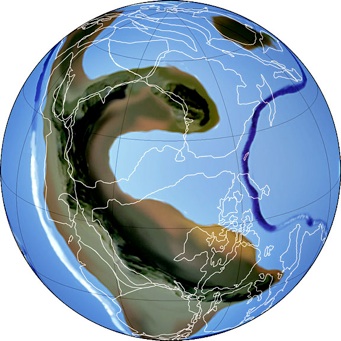
Precambrian Subdivisions and Ages
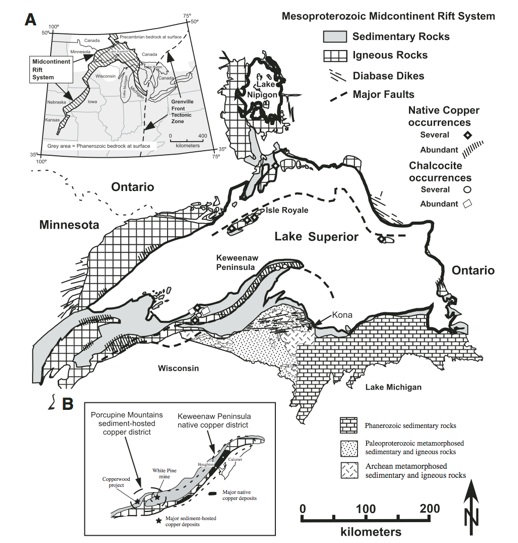
Any individual place on Earth exhibits only tiny windows of Earth history. In the Keweenaw and Isle Royale, we can see into events that range from about 1.2 billion years ago until perhaps about 0.9 billion (Davis and Paces, 1990), and we can also see the deposits of the glacial periods of the last few million years. To see the record of other times we must travel to where we can see rocks of those ages are at the surface.
This is the very best place to see the exposed rocks of the midcontinent rift (below). This rift extended from at least Kansas to Detroit, but it is exposed only near Lake Superior. At the time of rifting there were huge differences in the configuration of the continents and a huge supercontinent, Rodinia, was assembled, a hodgepodge of pieces of what is now North America, Antarctica, Europe and South America. And it was beginning to break up.
In the Keweenaw we get a remarkable opportunity to look at rocks produced during the rifting period of Rodinia, which preceded the orogens shown in green and yellow in maps below. The orogens mark the areas where continental blocks approached each other at about 1.1 by ago. The orogeny in eastern North America, which eventually ended the Keweenaw Rifting episode, produced an orogen known as the Grenville Front. (Cannon, 1994).
Rodinia
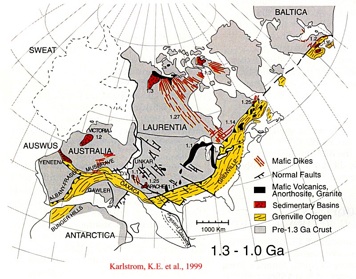
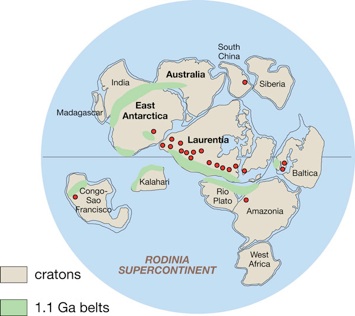
Rodinia’s assembly acted like a great blanket for a large area of Earth’s surface, preventing heat loss and creating an opportunity for heat to build up underneath. A great hot spot formed under the blanket. The continent began to split with very hot dike swarms. When the splitting opened the rift, magma was erupted in huge amounts—a supereruption. The ancient Earth contained more radioactive heat producers so the potential for big eruptions was greater. We still think that most of Earth’s heat comes from radioactivity, and we still expect Large Igneous Provinces (LIPs) to develop when and where mantle hot spots occur. But perhaps LIPs are getting smaller as time passes and natural radioactivity declines.
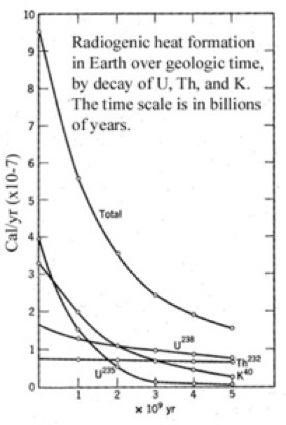
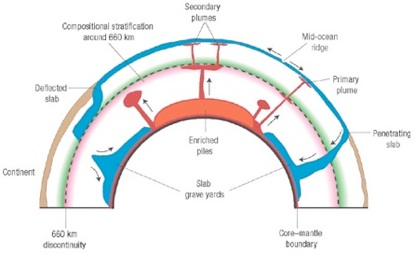
And heat in the deep Earth leads to convection-- Convection of Earth’s core and mantle do not produce steady heat transfer from Earth’s core to the surface.

There is enormous diversity of heat flow at Earth’s surface at any one time.
Heat flow in one place changes with time.
This leads to hot spot formation.
How Rodinia started all this.
Heat from the deep Earth explains why supereruptions and flood basalts happen. But why is there heat from the deep Earth?---Natural radioactivity--Radiogenic heat formation
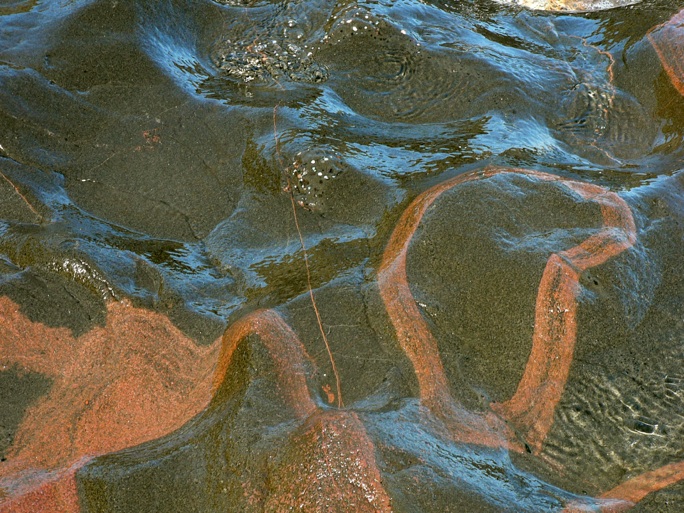

Heat flow on Earth is declining with time as natural radioactivity continues to be spent.

